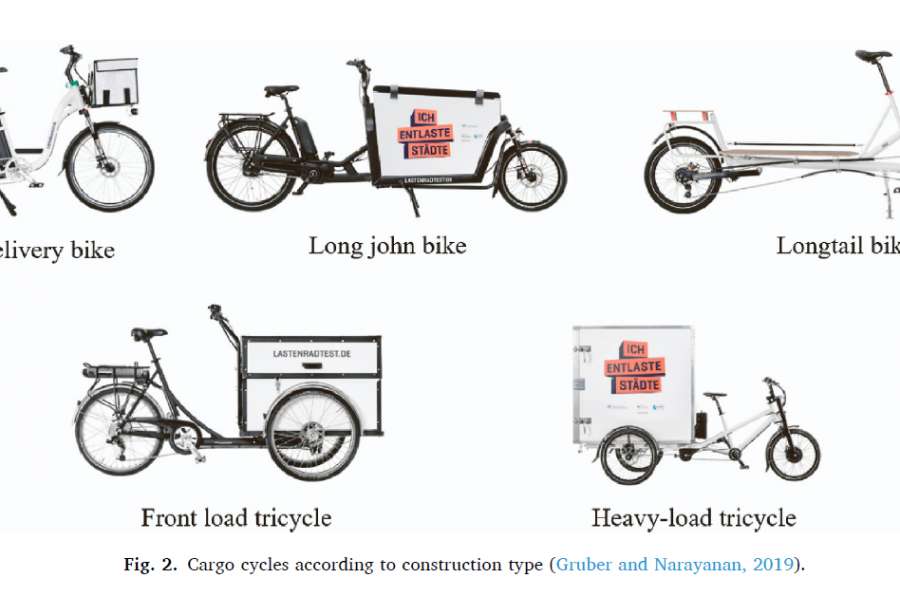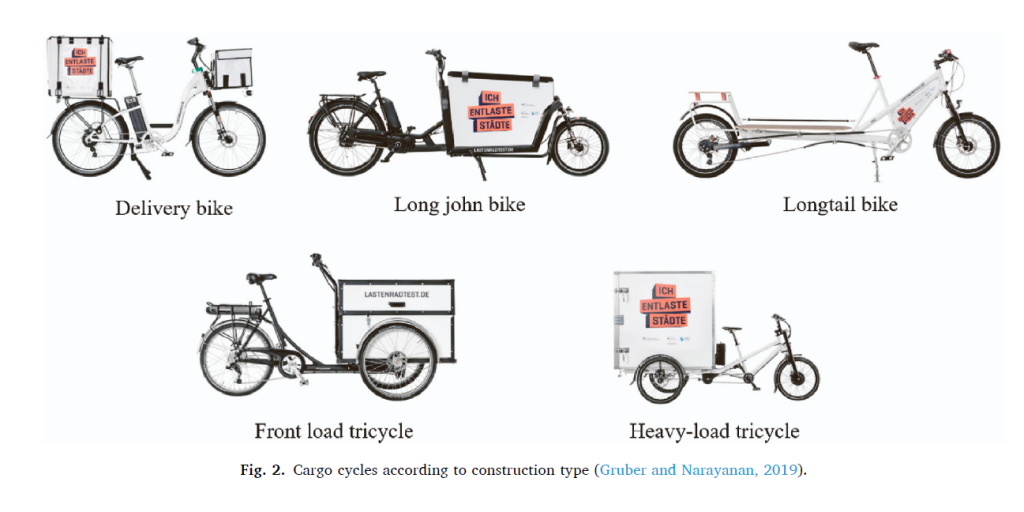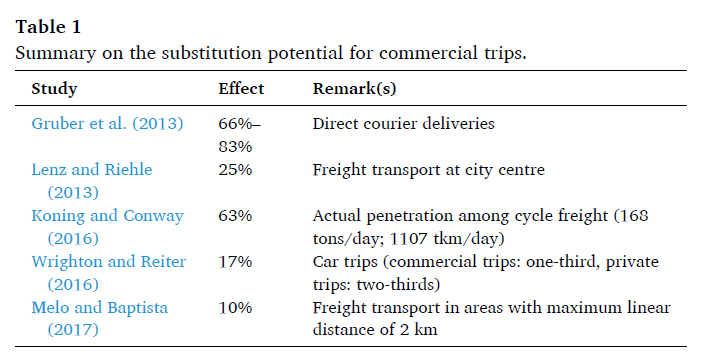
How can e-cargo-bikes be utilised privately and commercially?
Polluting trucks in historic city centres might not be the best idea to achieve European-wide greenhouse gas (GHG) emission targets. Especially by considering that urban transport accounts for 23% of GHG emissions in the EU. Thus, our colleagues Santhanakrishnan Narayanan and Constantinos Antoniou from Technical University Munich (TUM) have taken a closer look at electric cargo bikes as a potential alternative and their potential niche in the cargo supply-chain. How popular are e-cargo-bikes for commercial and private purposes? Where do they come from? What different types exist? All these questions are answered in the academic paper of TUM, which you can access here.
E-cargo cycles are a perfect mix between small and agile bikes and cargo transporters, which enable both greater loads and larger distances than conventional cargo cycles. Furthermore, they are cause zero emissions in operation and occupy less space than smaller vans. Thus, they are the great vehicle to be operated in the narrow historic city centres of Europe. In several situations, cargo cycles are competitive to conventional motorised vehicles in terms of travel time.
First cargo bikes appeared in the Netherlands in the early 20th century, but disappeared with the surge of the private car in post-war Europe. In the last decades, a renaissance emerged. Thanks to affordable electric motors, e-cargo-bikes can transport additional loads of 50-250kg of cargo. This versatility led to an increased demand, which resulted in growing supply. Thus, already 60 manufacturers of e-cargo-bikes exist in Germany alone. They produce several different vehicles, differing in the location of the loading bay, the cargo-capacity and the number of wheels (see image 1).
Due to previously mentioned reasons, these bikes can supplement commercial services, such as postal-, courier-, parcel- and home delivery services. TUM studied these options and made predictions for the commercial uptake through their literature review. They concluded that, if the predicaments are correct (such as charging stations, overnight storage facilities etc), linear distances of up to 20km per trip can be covered. Table 1 showcases the potential take-up effect, which would substitute a motorised vehicle with a cargo-bike, according to the conducted studies:



